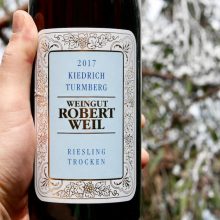
Product information
Robert Weil Kiedrich Turmberg Riesling Trocken 2017
$99
Description
Get ready to raise the bar! Sophistication, restraint, an incredibly refined texture. There is purity, line and length that is the hallmark of great wine here. In Australia, I saw this in the Leo Buring DWB 110 I think it was the 1970 vintage, devoured in around 2010. Great purity, such energy and life. The harmony here is insane. There are such an abundance of flavours and aromas, yet they are so well integrated that you can’t pull them apart. There is no need to just enjoy! Weil’s Riesling Trocken is a great wine to compare to this. The Riesling Tocken’s immediate generosity gives you a sucker punch, a delicious one, particular as a young wine. Moving to this level, the poise here is epic. Riesling at its best.
Out of stock






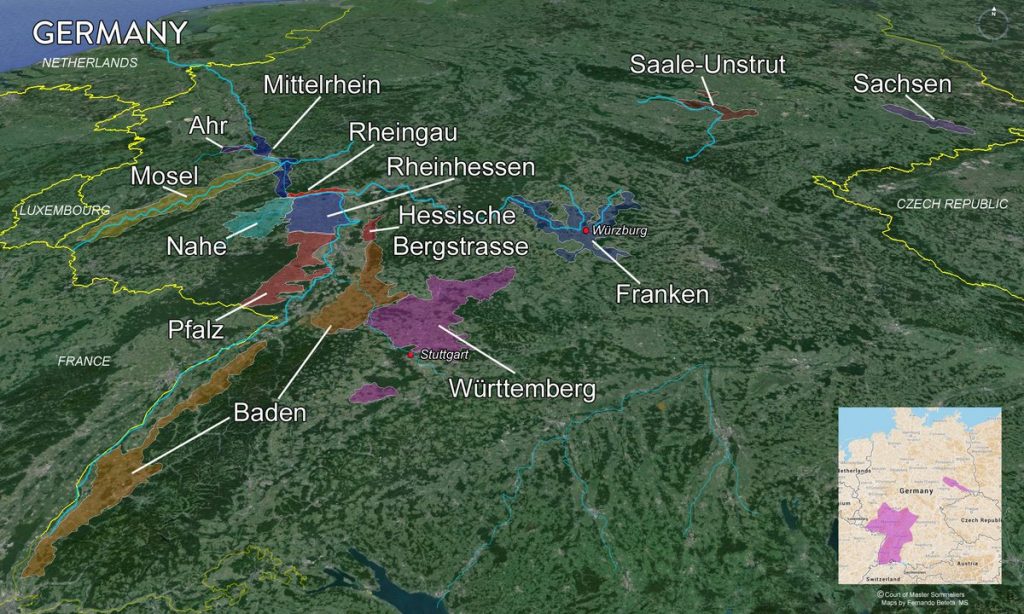
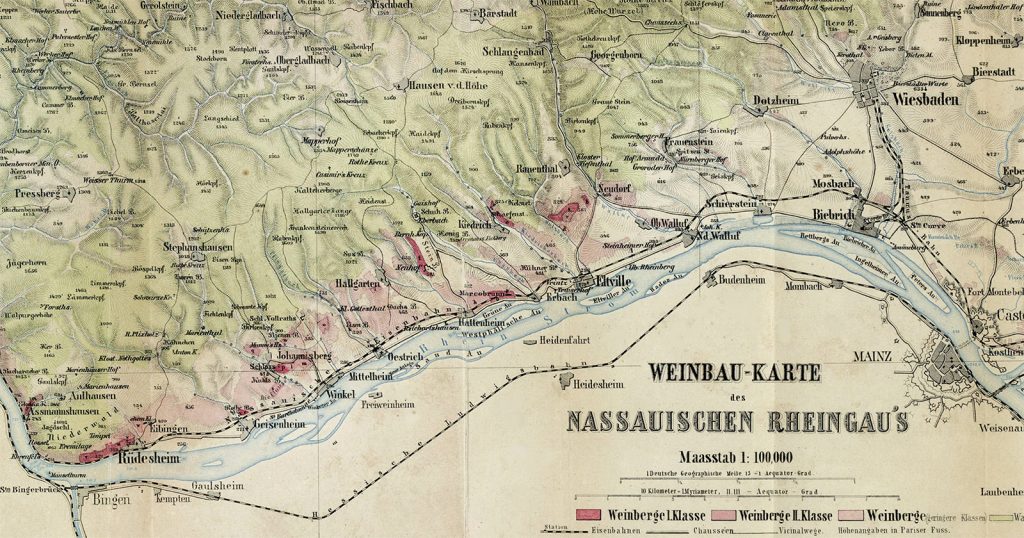
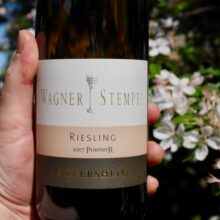
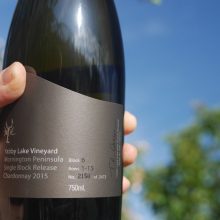
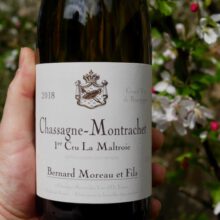
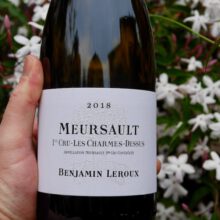
You must be logged in to post a comment.